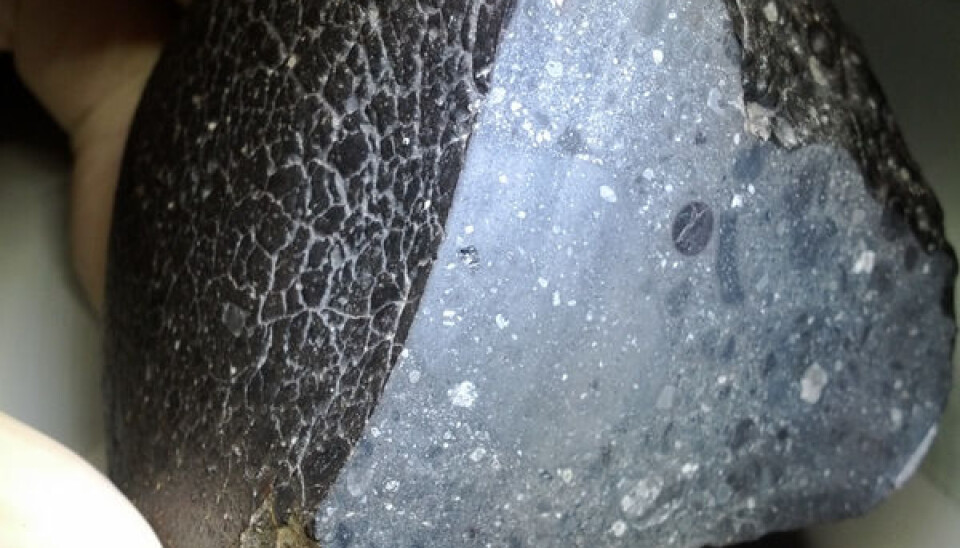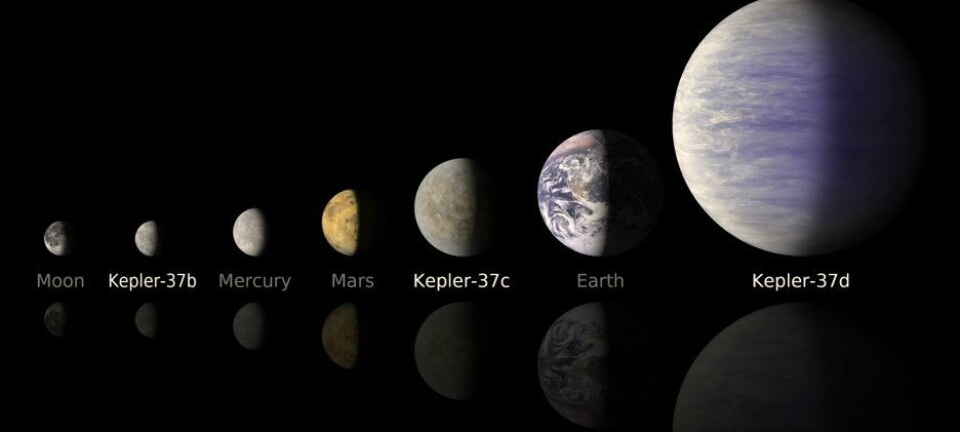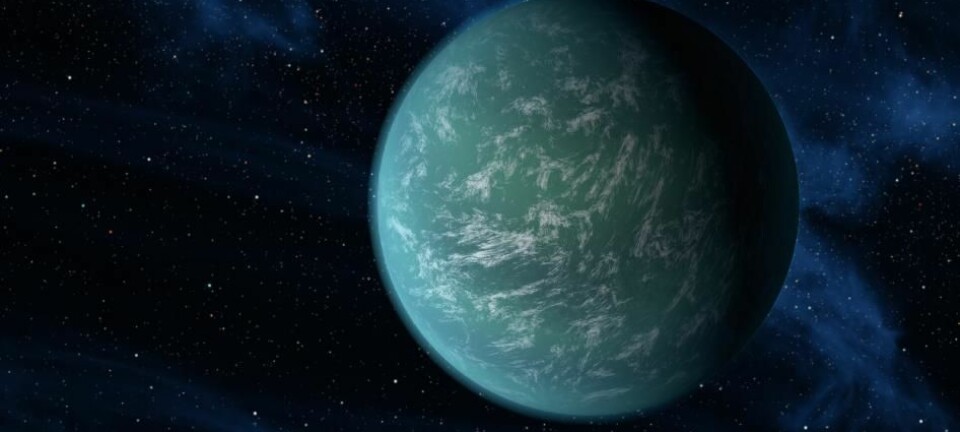
New CO2 findings may unlock Mars secrets
Scientists have figured out how CO2 reacts with sunlight. The findings give a better understanding of atmospheric evolution on Earth and on other planets, not least Mars.
CO2 plays a key role in the atmosphere of the early Earth and other rocky planets such as Mars and Venus. It is therefore important that we understand this molecule as well as possible.
However, it's only now that chemists have created a nearly complete description of what actually happens when the Sun’s rays reach the CO2 in the atmosphere.
”Now for the first time, we have a working model of how CO2 absorbs sunlight,” says Matthew S. Johnson, a professor of chemistry at the University of Copenhagen.
Together with PhD student Johan Schmidt, also from the University of Copenhagen, and Reinhard Schinke from Max Planck Institute in Germany, Johnson describes the new findings in an article published in the journal PNAS.
CO2 dominates on Mars and Venus
![When sunlight hits CO2, it changes the electronic state of the molecule. The new state ([CO_2]^*) is not stable and the molecule
decays in a fraction of a nanosecond into a so-called triplet state ([CO_2] ^ t). The chemical C-O bonds in this state are very weak and the molecule breaks, and carbon monoxide (CO) and oxygen atoms (O) are formed. The figure shows the potential energy surfaces of CO2, [CO_2]^* and [CO_2]^t. In the first two states, the system is trapped in a potential well (blue), and the C-O bonds cannot be broken. In the third state, the well is not deep enough to hold the molecule together.](https://image.sciencenordic.com/1387770.webp?imageId=1387770&width=960&height=720&format=jpg)
In order to understand what goes on in the atmosphere around a rocky planet, it is important to know exactly how CO2 reacts with sunlight at different temperatures. Using calculations on supercomputers and other methods, Johnson and his colleagues have now figured this out.
Billions of years ago, the Earth’s atmosphere consisted mainly of CO2. On Mars and Venus, however, CO2 still dominates the atmosphere.
”If you want to make a model of the atmosphere on Venus, Mars or the early Earth, you need this data. Otherwise you cannot find out what happened,” says Johnson.
Isotopes provide clues about Mars
Of the many thousands of meteorites that have been found on Earth, 120 stem from Mars. The new CO2 data can be used to explain the isotopic composition of some of these meteorites, unlocking information about atmospheric evolution.
For the first time, we now have a workable picture of how CO2 absorbs sunlight.
For example, this information may help scientists figure out whether there have been oceans on Mars.
CO2 is not just CO2. Elements such as carbon and oxygen, which make up CO2, occur naturally in different variations (isotopes). This means that there may be differences in the CO2 molecules and thus also in the way that sunlight can split the molecule.
”When you study Mars meteorites, it appears as if the contents of the various oxygen isotopes are in a constant state of flux,” he says.
“Our explanation is that when CO2 is split by the sunlight, it releases oxygen with a specific isotopic composition. Our calculations describe how sunlight can alter the abundances of the isotopes.”
Meteorites contain stories
If you wish to create a model of the atmosphere on an exoplanet, you will need our data to calculate how rapidly the CO2 in the atmosphere is decomposed by sunlight. You need such calculations to figure out how microscopic particles and organic materials behave in such an atmosphere.
The oxygen is absorbed in the rocky surface on Mars. It binds with iron and forms the rust that gives Mars its characteristic red colour. Over billions of years, the newly-formed oxygen is removed from the atmosphere, which is in a constant state of flux. By studying the isotopes in a meteorite, the researchers can now follow the historical development using their new data.
”It’s fascinating that you can have a piece of Mars lying on your desk – a meteorite which contains material from the atmosphere on the planet. And it’s also fascinating that the isotopic composition of such a meteorite matches our calculations,” says Johnson.
Data can also be used for exoplanets
It is not only the planets in our own solar system that have CO2 in their atmosphere. This also applies to planets orbiting stars other than the Sun – the so-called exoplanets.
”All rocky planets appear to have an atmosphere with CO2. If you wish to create a model of the atmosphere on an exoplanet, you will need our data to calculate how rapidly the CO2 in the atmosphere is decomposed by sunlight. You need such calculations to figure out the concentrations of carbon monoxide and oxygen, and how microscopic particles and organic materials behave in such an atmosphere,” he says.
”We will now be looking at the implications of our work. We’re aiming to build a model of the atmosphere on Mars, so we can clarify the connection to the meteorites on Mars.”
----------------------
Read the Danish version of this article at videnskab.dk
Translated by: Dann Vinther








